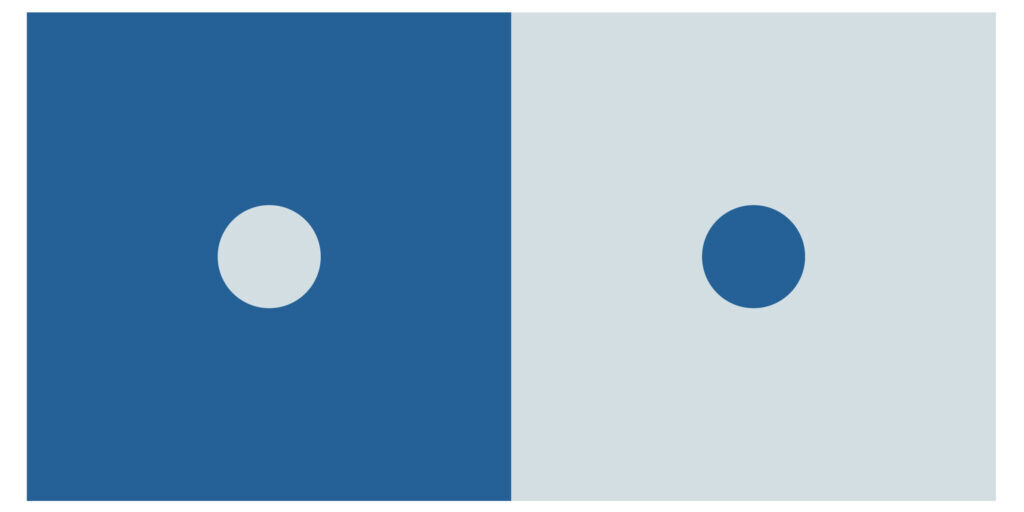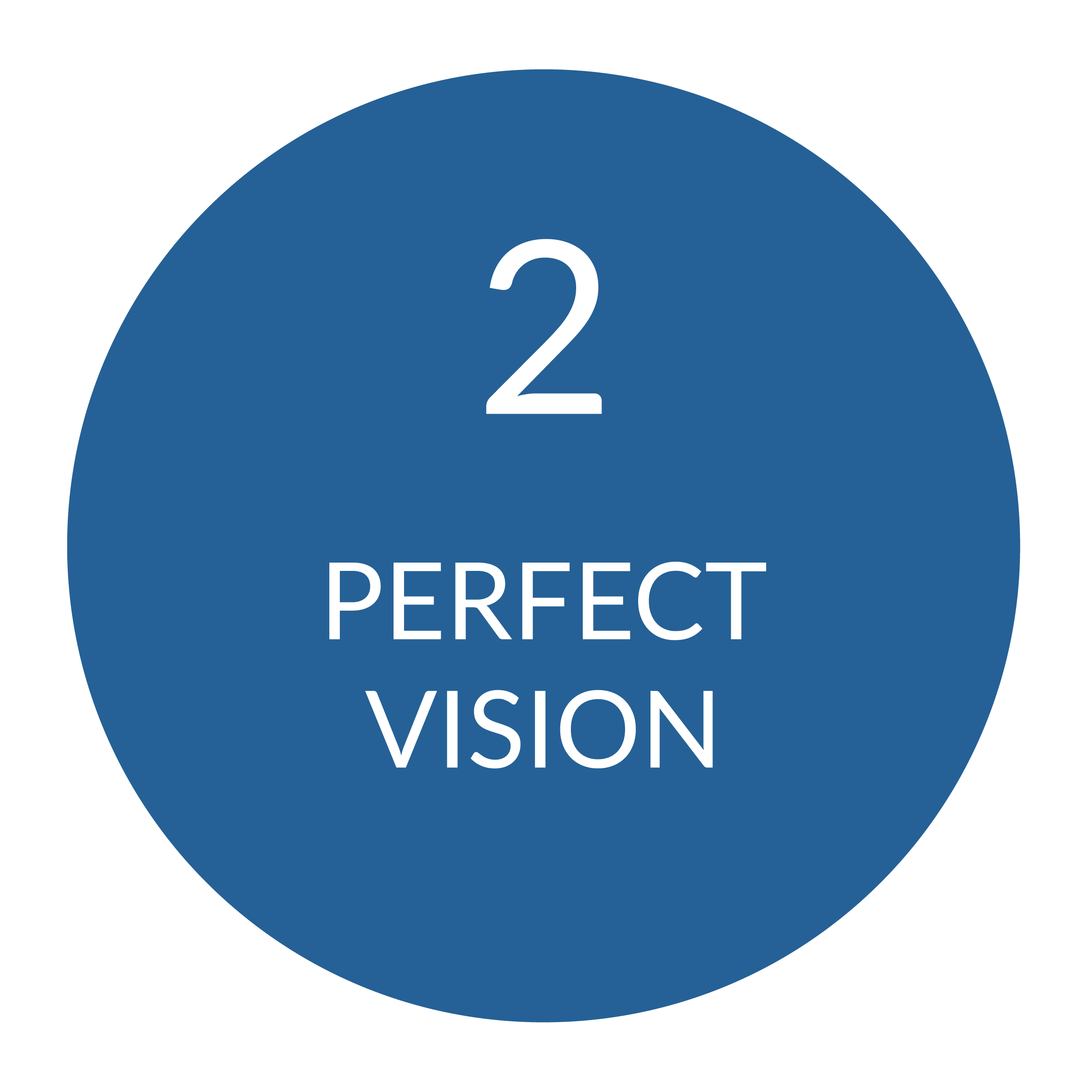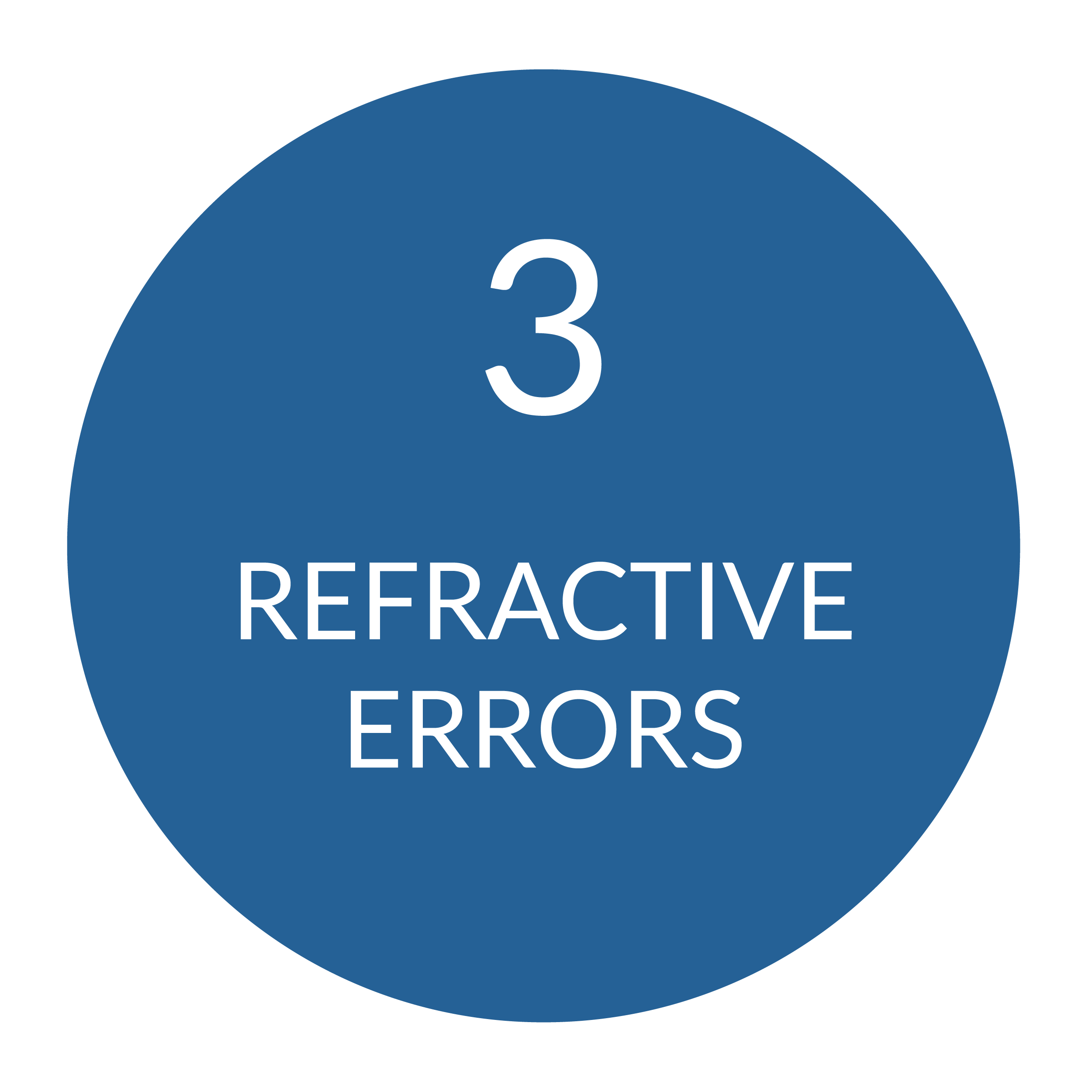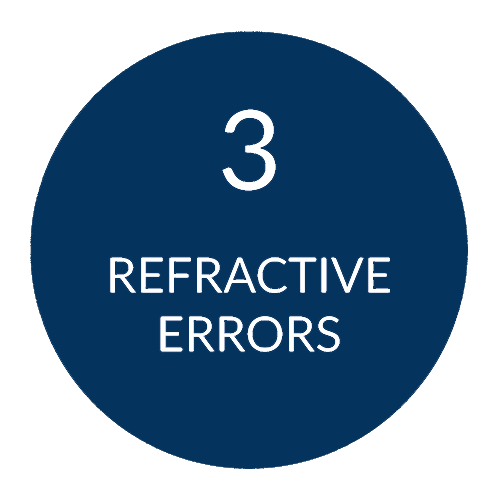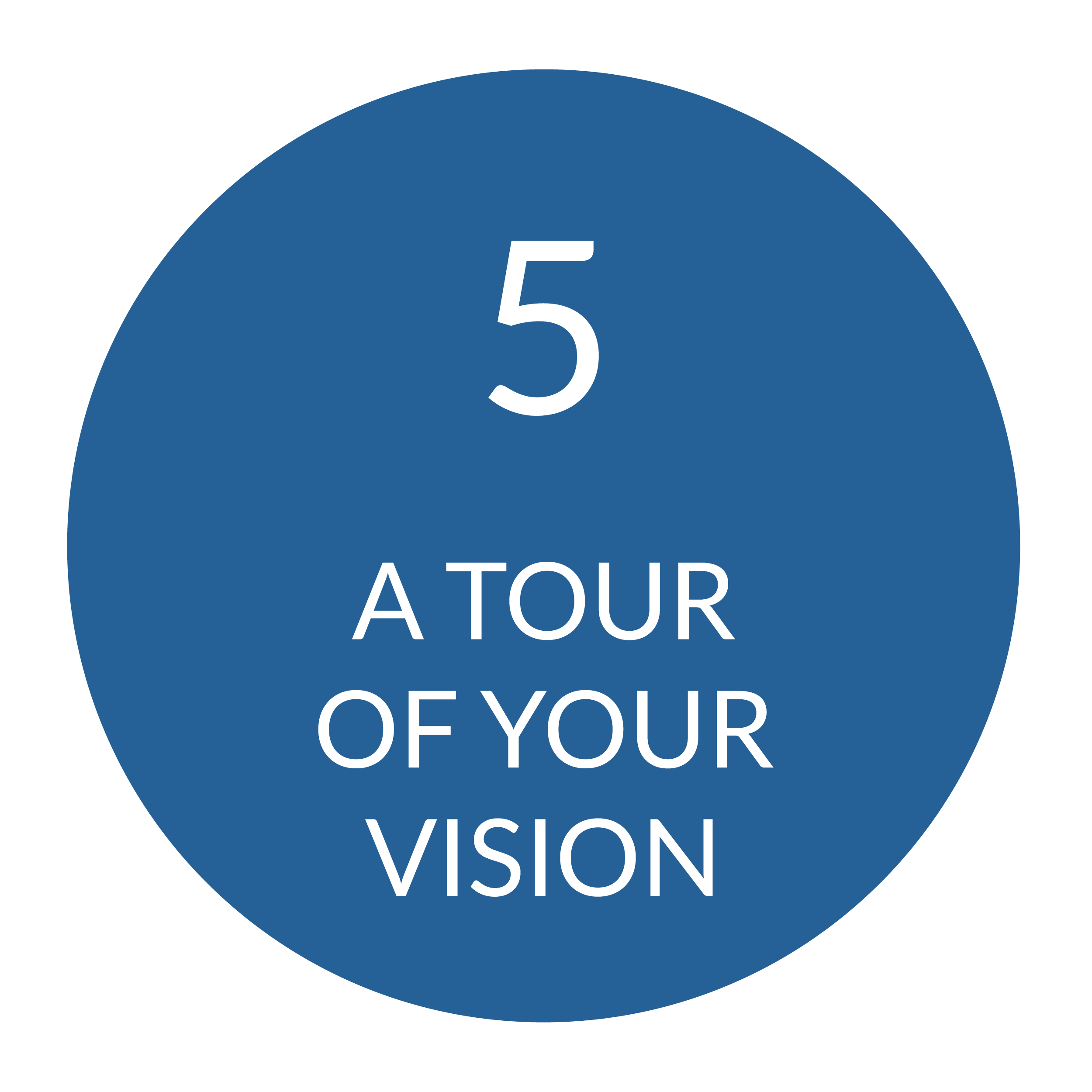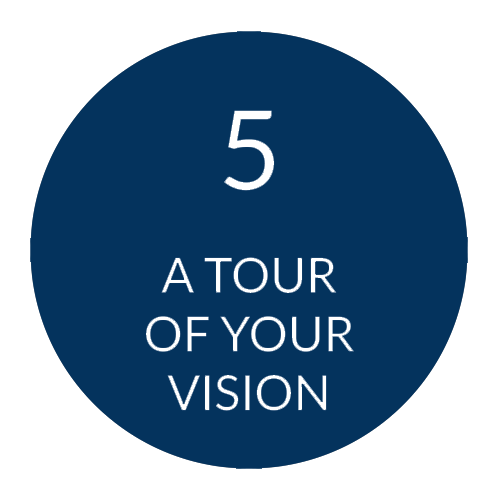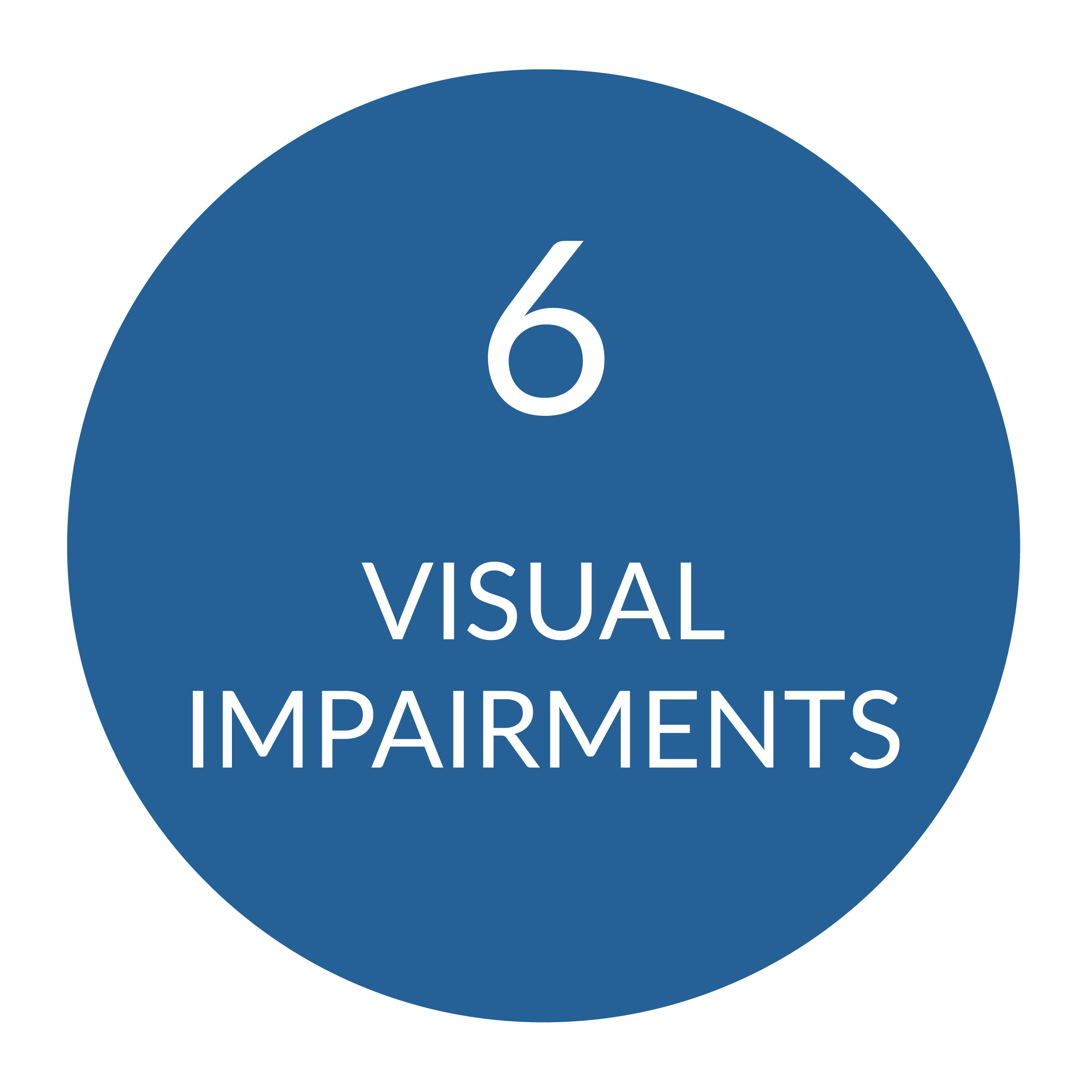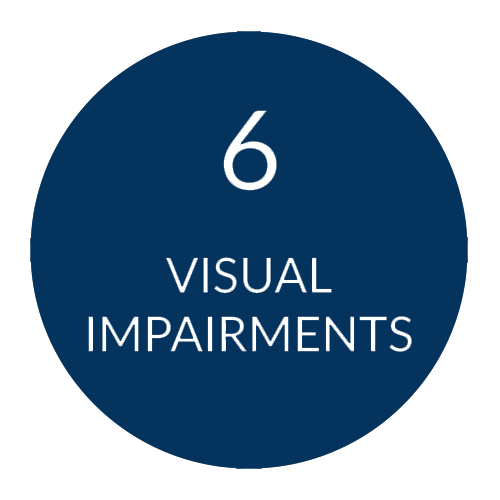FOUNDATIONS OF VISION - VISUAL IMPAIRMENTS
Most of the time, your eyes do a pretty amazing job. But if you’ve found Chadwick Optical, chances are something about your vision isn’t working quite right and you want to understand why.
Today, let’s break down the different ways things can go wrong in the visual system, what they look like and what can help.
Where the First Problems Begin
Your cornea and lens work together to focus the world’s light onto your retina - perfectly sharp if all goes well.
If they don’t do that well, you need glasses or contacts to compensate. That extra lens brings the light into perfect focus on your retina.
The Lens and Age
After age 40, your lens naturally stiffens. You might notice:
- You see fine far away, but now you need reading glasses.
- Or, you’re blurry at distance and need help up close.
This is normal. It’s called presbyopia and happens to nearly everyone.
Later in life (typically 60s–70s), the lens can also become cloudy. That’s a cataract. The solution? A surgeon removes the old, cloudy lens and replaces it with an IOL (intraocular lens). This artificial lens can often fix your prescription, too - meaning you might not even need glasses afterward.

When the Pathway is Damaged - Stroke and Field Loss
Once a clear image lands on your retina, it travels through a network of pathways to your visual cortex where your brain actually “sees.”
But what if that pathway is damaged?
One common example is stroke. About 1 in 3 people who have a stroke will lose vision on one side - a condition called homonymous hemianopia.
Why does it matter so much? To explain that, let’s zoom out.
How Retinal Damage Works
The retina covers a huge field - about 180–190 degrees of your visual world. If a piece of your retina is damaged, that patch of vision disappears.
But here’s what’s tricky: you don’t notice it. Vision loss doesn’t look like a black hole or a blurry spot. It’s more like your brain quietly edits the gap away - just like your natural blind spot.
Test Your Blind Spot
Try this:
- Close your left eye.
- Look at the left dot on the image with your right eye.
- Move closer or farther until the right dot vanishes.
You’ve just found your physiological blind spot — the spot where your optic nerve enters the retina. You don’t see it in daily life, because your brain fills it in.
The Problem With Field Loss
When someone has hemianopia, diabetic retinopathy, retinitis pigmentosa or glaucoma, they lose parts of their visual field - but the brain quietly hides it.
So they bump into things, miss obstacles or feel “off” - but they don’t see a black hole. That’s why these conditions can be so frustrating to live with and tricky to detect early without proper testing.
Brain Injury and Vision
Brain injuries like concussions are another big source of visual impairment.
After a concussion, people often struggle with:
- Migraines
- Light sensitivity
- Headaches
- Feeling visually “off” without knowing exactly why
The challenge? There’s no simple test that pinpoints where the system is breaking down. Unlike cataracts or retinal disease, we can’t just look and see the damage.
But good news: vision therapy, specialized lenses and careful care can help retrain the visual system after brain injuries - even if we’re still learning exactly how it all works.

The Bottom Line
From aging eyes to strokes to brain injuries, vision loss isn’t always obvious, but it can deeply affect daily life.
The good news: there are solutions. From advanced lenses to field expansion aids to therapy - you don’t have to face visual impairment alone.

